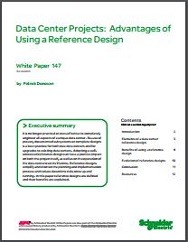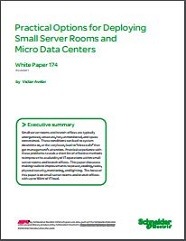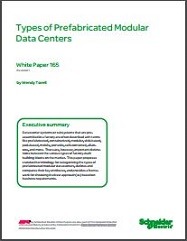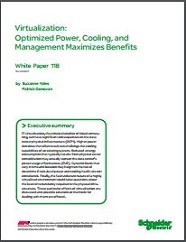It is no longer practical or cost-effective to completely engineer all aspects of a unique data center. Re-use of proven, documented subsystems or complete designs is a best practice for both new data centers and for upgrades to existing data centers. Adopting a well-conceived reference design can have a positive impact on both the project itself, as well as on the operation of the data center over its lifetime. Reference designs simplify and shorten ...
You Are Browsing ‘Cloud ’ Category
Small server rooms and branch offices are typically unorganized, unsecure, hot, unmonitored, and space constrained. These conditions can lead to system downtime or, at the very least, lead to “close calls†that get management’s attention. Practical experience with these problems reveals a short list of effective methods to improve the availability of IT operations within small server rooms and branch offices. This paper discusses ma...
Data center systems or subsystems that are pre-assembled in a factory are often described with terms like prefabricated, containerized, modular, skid-based, pod-based, mobile, portable, self-contained, all-in-one, and more. There are, however, important distinctions between the various types of factory-built building blocks on the market. This paper proposes standard terminology for categorizing the types of prefabricated modular data centers, defines...
IT virtualization, the engine behind cloud computing, can have significant consequences on the data center physical infrastructure (DCPI). Higher power densities that often result can challenge the cooling capabilities of an existing system. Reduced overall energy consumption that typically results from physical server consolidation may actually worsen the data center's power usage effectiveness (PUE). Dynamic loads that vary in time and location may ...









